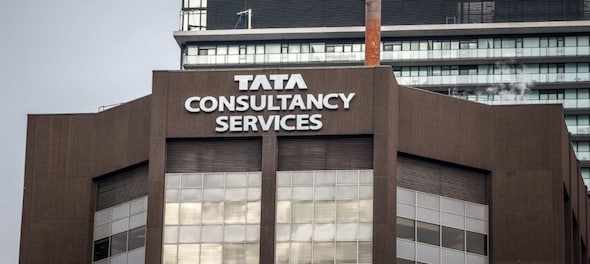
There was a time when the biggest company in the country’s fledgling information technology industry wasn’t TCS, Infosys, HCL or Wipro or any of today’s other giants. That crown belonged to CMC Ltd. which was incorporated in December 1975 as the Computer Management Corporation Pvt Ltd (CMC) with the Government of India (GoI) holding 100 percent of its equity share capital. Less than two years later, it was converted into a public limited company though still wholly owned by the government.
CMC was born just ahead of IBM’s exit from the country following its refusal to adhere to the FERA norms. Big Blue’s exit created a huge gap since most of the mainframe installations in the country at that stage were from IBM. These needed maintenance and servicing and CMC filled in to look after the hundreds of such computers. Before long it extended its services to other machines as well, but also expanded into developing broader IT solutions largely for the government in areas like railway reservation, power distribution, and education.
It also became one of the first IT companies to spot the prospects for software services exports to the US and in 1991 made probably the first cross-border acquisition by an Indian IT company when it bought Baton Rouge International Inc, USA. By then it was already a Rs 100 crore company.
The early 1990s was truly the heyday of CMC as it sought to disprove the notion that government-owned firms were all slothful and unenterprising. A visit to its well-located office in South Delhi showed the change of mindset with an art gallery, complete with paintings by artists like Francis Souza and Ganesh Pyne, greeting the visitor.
In 1992, the government divested 16.69 percent of its stake in the company to the General Insurance Corporation of India and in 1993, CMC's shares were listed on the Hyderabad Stock Exchange and the Bombay Stock Exchange (BSE).
As part of its aggressive disinvestment plan, the Atal Behari Vajpayee government in 2001 sold 51 percent of CMC's equity to Tata Sons Ltd, and in 2004, it divested its remaining 26.5 percent stake to the public. Given the government’s problems in its attempted disinvestment in Balco and Air India, the smooth sale of its majority stake to the Tata group was a huge relief though the sale was not without some share of drama. While initially a number of companies had evinced interest in buying the stake, just days before the deadline for submitting the financial bids expired, Tata Sons was the only bidder left in fray after the others pulled out of the race. Eventually the group bought the 51 per cent stake on offer for Rs 152 crore and years later, in October 2014, the Board of Directors of CMC agreed to merge the company into TCS.
It was a poignant moment since nearly 25 years ago, Tata Consultancy had initially been approached for the computerization of the Bombay Stock Exchange. However, difficulties in imports of computers allowed CMC to get a toehold and eventually bag the contract.
—Sundeep Khanna is a former editor and the co-author of the recently released Azim Premji: The Man Beyond the Billions. Views are personal
(Edited by : Ajay Vaishnav)
Check out our in-depth Market Coverage, Business News & get real-time Stock Market Updates on CNBC-TV18. Also, Watch our channels CNBC-TV18, CNBC Awaaz and CNBC Bajar Live on-the-go!


2024 Lok Sabha Elections | What does a low voter turnout indicate for NDA and I.N.D.I.A Bloc
Apr 29, 2024 5:48 AM
'Borrowed' leaders: Congress hits out at AAP for not fielding their own candidates in Punjab
Apr 28, 2024 9:53 PM
EC asks AAP to modify election campaign song and Kejriwal's party is miffed
Apr 28, 2024 9:25 PM

